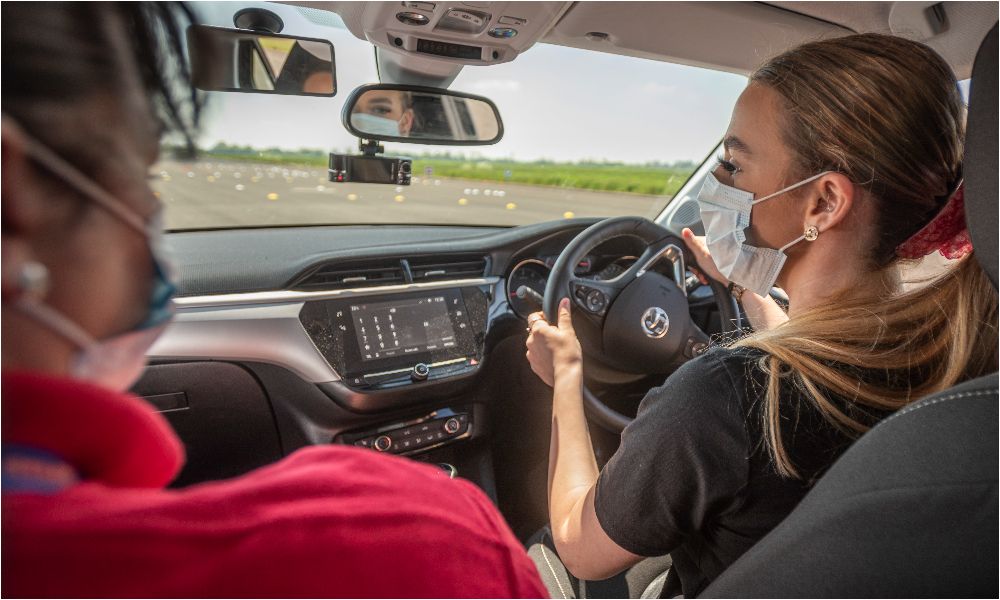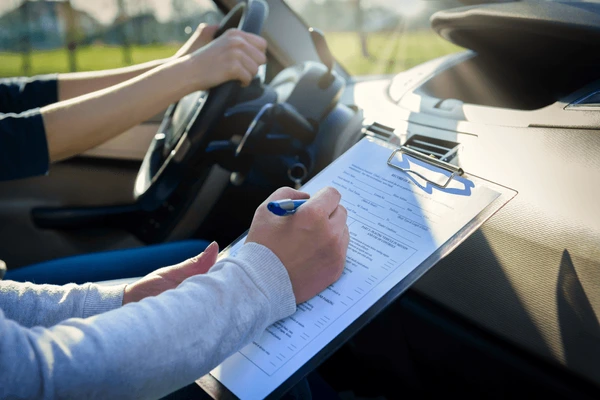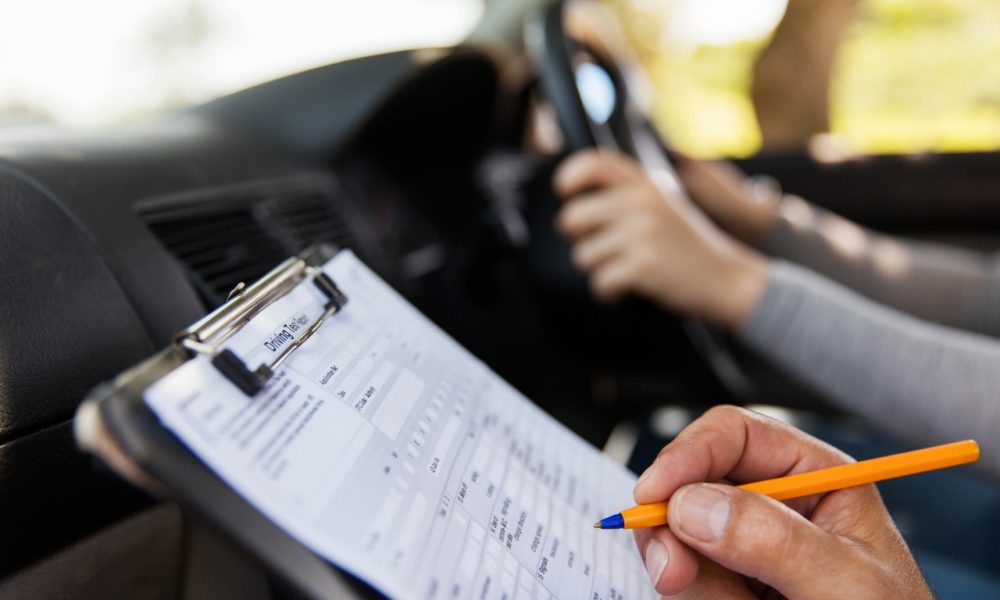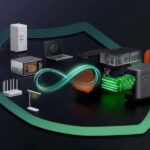The drive test is a pivotal moment in your journey toward gaining the freedom and responsibility of driving. While nerves are natural, many test-takers make common mistakes that can easily be avoided with proper preparation and awareness. This article explores the most frequent mistakes made during the drive test and offers valuable tips to help you avoid them, ensuring that you’re fully prepared to pass with confidence.
Not Checking Blind Spots
One of the most overlooked yet critical aspects of driving is checking your blind spots. Blind spots are the areas that your mirrors don’t cover, and failure to check them can lead to accidents or dangerous situations. During the test, examiners are particularly attentive to how often you check your blind spots, especially during lane changes and turns.
How to Avoid:
Before making any lane change or turn, always glance over your shoulder to check the blind spot. Make this a habit during your driving practice to ensure it becomes second nature.
Incomplete Stops at Stop Signs
Rolling through stop signs, commonly referred to as a “California roll,” is a frequent reason for test failures. It’s vital to make a full stop at every stop sign, even if the intersection looks clear.
How to Avoid:
Ensure that your vehicle comes to a complete stop for at least three seconds before proceeding. During the stop, check for oncoming traffic and pedestrians. The complete stop shows the examiner that you follow traffic rules carefully.
Failing to Use Turn Signals
Failing to use turn signals, or using them too late, can result in automatic deductions. Signaling is important not only during turns but also when changing lanes and parking. Examiners look for clear and timely signals to ensure you’re communicating with other road users.
How to Avoid:
Always signal at least 100 feet before a turn or lane change, giving other drivers enough time to react. Make sure your signals are visible and cancel them after the maneuver to avoid confusion.
Speeding or Driving Too Slowly
Maintaining the appropriate speed is crucial during the drive test. Driving too fast shows that you lack control, while driving too slowly can frustrate other drivers and indicate a lack of confidence. Both extremes can lead to a test failure.
How to Avoid:
Stick to the posted speed limits and adjust your speed according to the flow of traffic and road conditions. If you’re in a residential area or near schools, be extra cautious and reduce your speed where necessary.
Poor Parking Techniques
Parking is a common component of the drive test and one where many learners struggle. Whether it’s parallel parking or reverse parking, poor technique can lead to hitting the curb or improper positioning.
How to Avoid:
Practice different parking techniques, especially parallel and reverse parking, before your test day. Take your time when parking, ensuring you use your mirrors and check blind spots. It’s better to take a little longer and park correctly than rush and make an error.
Not Yielding Right of Way
Failing to yield the right of way is a serious offense during the drive test. Whether you’re entering a roundabout, merging onto a highway, or making a left turn, understanding when to yield is crucial for safe driving.
How to Avoid:
Study the rules of yielding in different situations, and always be cautious when approaching intersections. Practice in areas with roundabouts or heavy traffic so that you can build confidence in yielding appropriately.
Failing to Observe Traffic Signs
Ignoring or misinterpreting traffic signs is another common mistake during the drive test. Whether it’s speed limit signs, no entry signs, or yield signs, failure to adhere to them can result in an automatic fail.
How to Avoid:
Pay close attention to all traffic signs and make sure you understand what each one means before your test. Practice driving in areas with a variety of traffic signs to get used to interpreting and reacting to them quickly.
Nervousness and Overthinking
It’s normal to feel nervous during your drive test, but too much anxiety can lead to poor decision-making or hesitation. Overthinking simple maneuvers or second-guessing your actions may result in mistakes that could have been easily avoided.
How to Avoid:
Practice as much as possible before the test, focusing on areas where you feel less confident. On test day, take deep breaths and try to remain calm. Remember that you’ve prepared for this moment, and even if you make a mistake, it may not automatically result in failure.
Not Practicing Defensive Driving
Driving defensively means anticipating potential hazards and reacting proactively to avoid accidents. Examiners look for drivers who are aware of their surroundings and can make decisions that prioritize safety.
How to Avoid:
Always keep a safe following distance, anticipate potential hazards (such as pedestrians stepping off the curb), and be prepared to react to other drivers. This shows the examiner that you are cautious and aware of your surroundings.
Conclusion
Passing the drive test requires a combination of skill, awareness, and calmness under pressure. By avoiding these common mistakes, you can significantly improve your chances of success. Regular practice, familiarity with traffic rules, and confidence behind the wheel are key to acing the test. Stay focused, be mindful of your actions, and don’t let nerves get in the way of showcasing your abilities.












